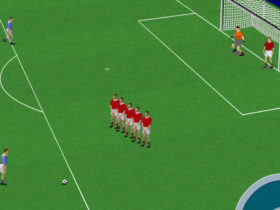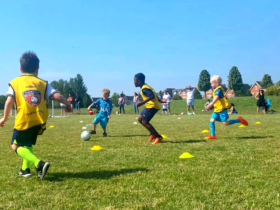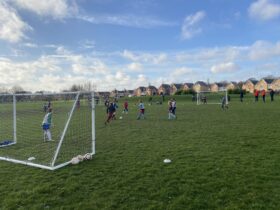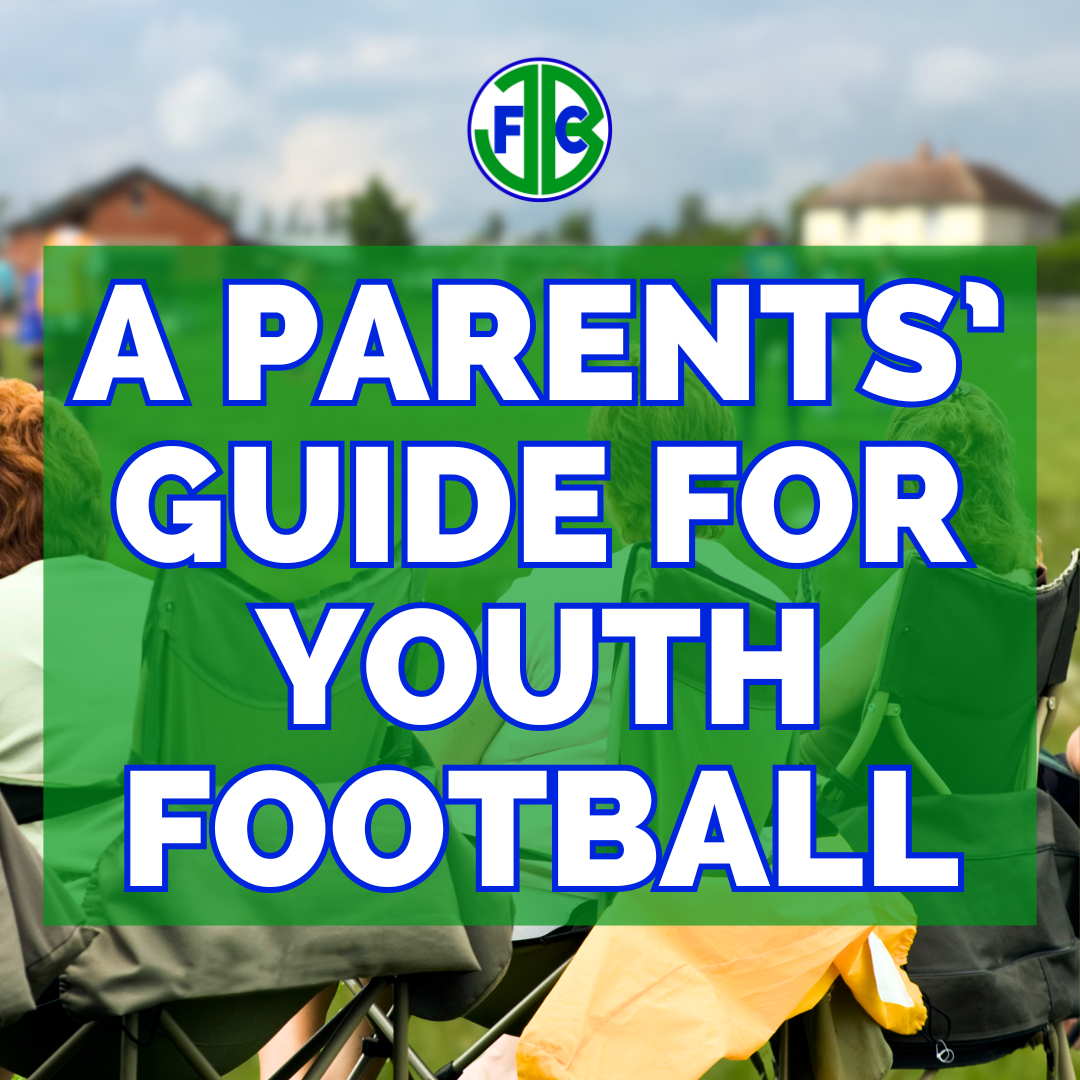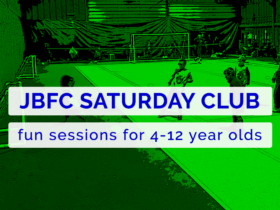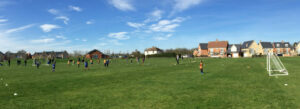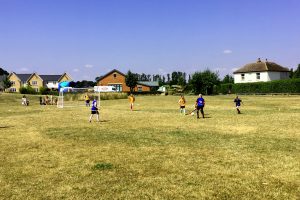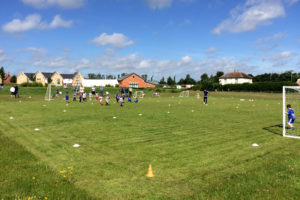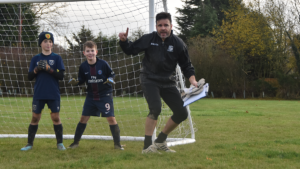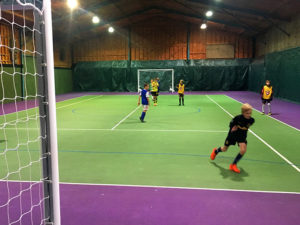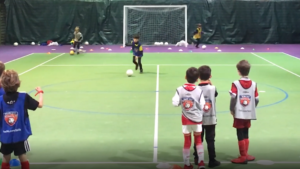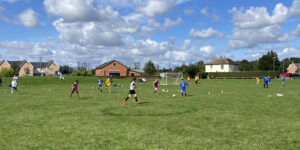Before departing for the evening last Friday, our course tutors Gary Piggott and Alan Ackrell split the group into eight small teams to each come up with their own session to deliver on the final day.
I was paired up with Mark, a coach from a youth club the other side of Essex who I’d met previously on the Module One course 18 months earlier.
We were given a choice of topics and target age-groups from a long list of ideas. We chose ‘crossing and finishing for eight to eleven year olds’.
There were a few good reasons for this, mainly because scoring (or shooting) is fun, it’s a really important area to practise and it’s actually quite tough to do, mainly because of the variables involved can see balls either end up in the back of the net, or stuck in a hedge 30 yards away.
So from our point of view, we didn’t want to do something easy, but we wanted to get feedback from the players, observers and tutors on what went well, what didn’t and what else we could perhaps do.
We assumed that we were coaches of an Under-10s team and that we were going to start with a fairly simple, unopposed practice and progress as much as we could during the limited 20-minute window.
After drawing up the initial outline of the practice, our desired outcomes and technical points, we headed home for the evening.
Returning to the centre on Saturday morning, which is just around the corner from Colchester United’s old ground and ‘Sporting U’s’ where I used to train as a kid, we added the finishing touches to our session plan and made our way out to the pitch.
We were the fifth session on, so I was able to take part in some of the other sessions, while we also had to act as observers for one.
‘When to pass to feet or space’ was the first session, so with it being cold, I got involved to keep warm and there was plenty of running and movement. It was a straightforward practice, one that would suit most kids and grassroots teams and really met its objectives.
Another of the sessions I enjoyed playing in was ‘Developing combinations in midfield’. I’m a real believer in the passing game. I love to see teams keep the ball away from their opponents and be patient as they work an opening.
Andy and Neil delivered the session really well, it was fun as it closely mirrored a game scenario, but they kept emphasising the ‘combinations’, which encouraged the players to pass the ball rather than bang hopeful balls forward.
I’ve drawn up their session plan using The FA Coach’s App, which you can download here [pdf].
Then it was our turn. I love coaching and putting on sessions, so it was great to be able to get a group of 14 to work on ‘crossing and finishing’.
We’d set out two goals, with keepers, on half a pitch, and two channels out wide on either flank where the crossers would start. In the middle were two gates for two sets of forwards who would shoot at opposite goals.
Download the session plan here [pdf].
The practice started with wide players passing into the forwards, who would play back out to the channel and make a run towards the box. The winger would receive the return and cross for the forward to attack.
After each go, players rotate so wingers become forwards and vice versa. It took a few goes for them to work out the rotation, and a few more tries for them to start hitting the target, but there were mild improvements.
We also progressed by bringing in defenders; one central defender, one recovering full-back.
With the limited time I focused on one player in particular and let him play as much as he could, but stepped in to offer some ideas. He didn’t score, but his movement was better and it opened up a good chance for him at the end.
The main problem with this kind of practice is that you are relying on quaility passing to set up the initial cross, a good delivery and run, then a good finish.
Alan also argues that practices like this are unrealistic because when in a game do wingers have a chance to deliver to a forward, both unopposed. That said, this was aimed at Under-10s, starting lower down on the Coaching Spectrum and progressing up.
He did, however, show an alternative way to practise crossing and finishing that he’d seen at Premier League clubs, nearer to the top end of the spectrum. It looked a fun a game-related practice that I thought I’d share with you here.
Again, I’ve drawn up my understanding of what he explained, below. It might not be completely right, but as wiith every session it can be adapted to suit the players and the desired outcome.
It’s basically a small-sided game, with the pitch off-set in a four-box grid, which in effect makes two smaller games. In the picture, I’ve got the red forwards in the lower right box playing 2v3 and looking to break into the upper right so they can deliver a cross to the upper left box.
There are many conditions, over-loads or progressions you can look at, but I think this is quite a good starting point.
There, though, even with the same topic we could have come up with two completely different practices, and for me that illustrated just what these courses are about: There are no right and wrongs, it’s about the players and providing them with the best opportunities to flourish.
As a coach, I’m really pleased I went on the Module Two course and felt it’s armed me with a few more ideas and also given me confidence.
While the Level Two course bolstered my technical knowledge and gave me the confidence to intervene when coaching, Module Two gave me the confidence NOT to intervene.
Give the kids chance to play…



